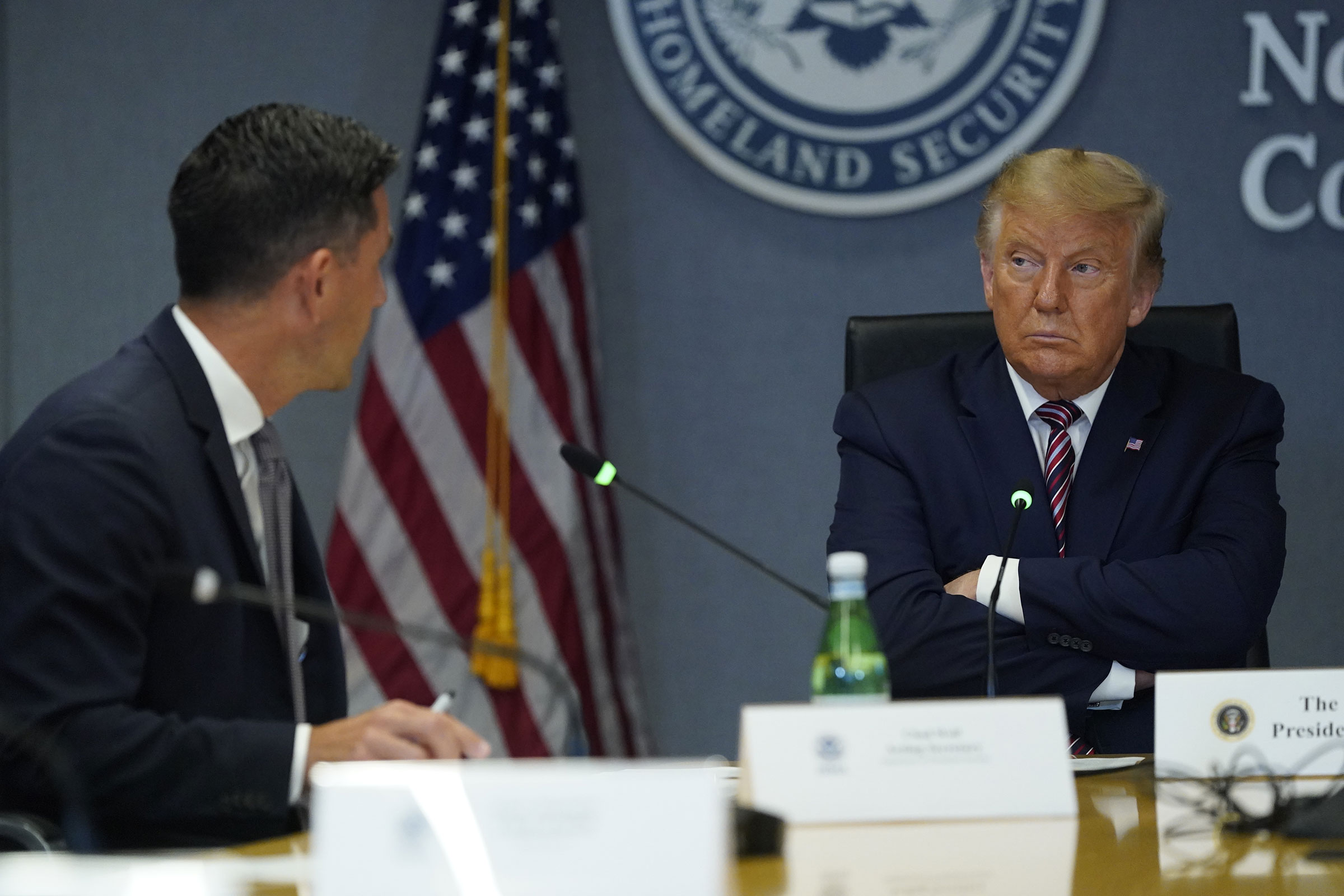
This article is part of the The DC Brief, TIME’s politics newsletter. Sign up here to get stories like this sent to your inbox every weekday.
It’s not easy being a Fed.
Federal workers are punching bags for both political parties. In recent decades, “Waste, Fraud and Abuse” has become shorthand for political leaders, including Presidents, to scapegoat the career corps of the federal workers—some 6% of the entire U.S. workforce—as a bunch of louses who can’t get its act together. The trope doesn’t do much for those workers’ morale, even before former President Donald Trump meddled in so many agencies and the pandemic put unprecedented pressure on government workers to meet presidential whims.
So good-government nerds like me were waiting to see just what an annual report on the federal workforce told us about how the Feds thought of their jobs as they navigated the pandemic, an unprecedented election, and the end of Trump’s presidency. The findings of the study from the non-partisan, non-profit Partnership for Public Service conducted by the Boston Consulting Group offer an interesting, if somewhat predictable, thesis about workers between September and November of last year: if you were a Fed, the more Trump knew about your office, the less happy you were to show up for work.
Of the big federal agencies, Homeland Security posted the lowest worker-happiness numbers, alongside Justice and State—all key spokes of Trump’s agenda-setting Cabinet. Also up there? The Social Security Administration, Department of Agriculture and Interior. All were below the average happiness quotient spread across the whole of government.
In the mid-sized corners of government, the most unhappy agency was the U.S. Agency for Global Media, the American newsroom best known for running the Voice of America and Radio Free Europe broadcast networks. Trump’s open interference in the agency—and his mandate to make America look good abroad—made this a particularly miserable place to work. At the tiniest of government ports, it was again much of the same. If Trump knew you existed or if you had to carry out his orders, job satisfaction was probably pretty low. The Office of Management and Budget ranked the worst place on last year’s list, followed by the Corporation for National and Community Service and the International Boundary and Water Commission.
Some of the most content corners of the federal government, on the other hand, right now are the Intelligence Community, the Office of Special Counsel, the Government Accountability Office and the Congressional Budget Office. Oversight, at least, has evidently been rewarding for the last few years.
So why should anyone outside of government care that workers at several major agencies are reporting to have widespread job dissatisfaction? Unhappy workers do shoddy work. That breeds inefficiencies and the very “waste, fraud and abuse” that lawmakers bemoan to no end. Ultimately, taxpayers foot the bill for this vicious cycle. And if the last 18 months has taught us nothing, it should be that when Americans need their government to work in order to do big things. It’s probably best to have a federal workforce that isn’t completely demoralized and looking at LinkedIn for their next gig.
Make sense of what matters in Washington. Sign up for the daily D.C. Brief newsletter.
More Must-Reads from TIME
- Donald Trump Is TIME's 2024 Person of the Year
- Why We Chose Trump as Person of the Year
- Is Intermittent Fasting Good or Bad for You?
- The 100 Must-Read Books of 2024
- The 20 Best Christmas TV Episodes
- Column: If Optimism Feels Ridiculous Now, Try Hope
- The Future of Climate Action Is Trade Policy
- Merle Bombardieri Is Helping People Make the Baby Decision
Write to Philip Elliott at philip.elliott@time.com